China’s first-ever hospital to earn LEED Healthcare Gold Certification leads the way for innovative, human-focused healing environments.

December 17th, 2018
Aside from being Shanghai’s largest-ever medical construction, Jiahui Hospital designed by NBBJ is the first foreign-funded tertiary general hospital in the city built to international standards. It’s also the first hospital in China to earn LEED Healthcare Gold Certification from the US Green Building Council. And at the core of its design is a strong focus on humanised experience – for patients as well as staff.
Building on the increasingly accepted wisdom that access to nature reduces hospital stays and decreases stress levels, NBBJ designed a ‘hospital within a garden’. Jiahui (located in the downtown Xuhui District) has a green heart – a landscaped outdoor space visible and accessible from the majority of the eight-acre campus, which incorporates a 15-storey inpatient tower (246 beds), outpatient clinics, interventional suites and an emergency department.
Entry to Jiahui Hospital is via a walkway flanked by landscaping. The park environment, featuring trees, shrubs, grasses, water features, and pathways to enjoy it all, doubles up as a wayfinding device by assisting visitors with orientation when they are within the facility.
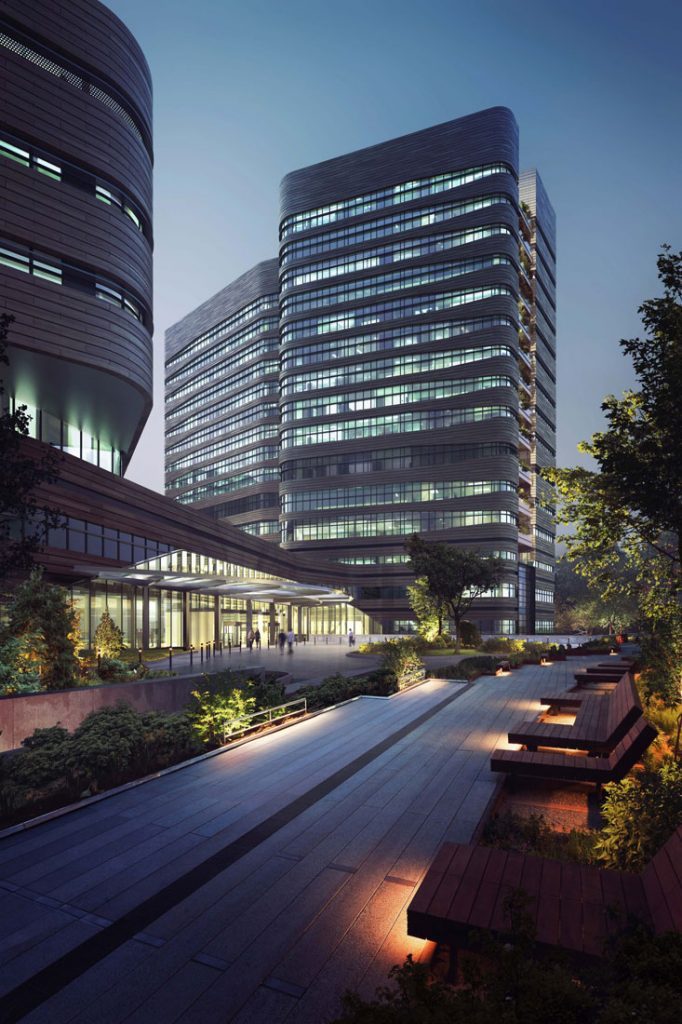
The treatment of the architecture builds of the softness of the garden experience with natural terracotta cladding and round, sculpted corners. The use of stone and wood in the interior, brought to life by plenty of natural light, as well as the curvature of interior elements, were prompted by a quest for a comforting environment. Plenty of natural light and views of the central garden help in this regard, as do views of smaller terrace gardens on the upper floors of the inpatient tower.
Furthermore, the aural dimension was also considered; Jiahui Hospital has been designed to function more quietly than typical hospitals – with the quieter environment expected to speed up patient recovery.
“Our intuitive design for this facility was fully informed by scientific data, research on biophilia, and the users themselves: doctors, nurses and administrators,” says Rudy Widjaja, Healthcare Principal at NBBJ’s Shanghai office. “We adapted best practices from our work on the award-winning Massachusetts General Hospital in Boston – which also incorporated natural elements – for the design of Jiahui Hospital. In doing so, we’ve created a place where patients and their families can heal and thrive.”
NBBJ and Jiahui Hospital also collaborated with Massachusetts General Hospital (the original teaching hospital of Harvard’s medical school) to obtain feedback on the proposed design from leading healthcare providers. That feedback informed an environment that allows medical staff to connect with patients in more flexible ways. In patient rooms, for example, clinicians can work either inside or directly outside the room – allowing patients more privacy and caregivers more proximity when necessary.
Other innovations include the design of ‘same-handed’ (rather than mirrored) room orientations, which are thought to reduce medical errors; the ability to easily and cheaply convert standard rooms to ICU units, and back again; and the use of a steel structure (the first in the region for a healthcare building), which allows for structural changes with minimal disruption and lower cost.
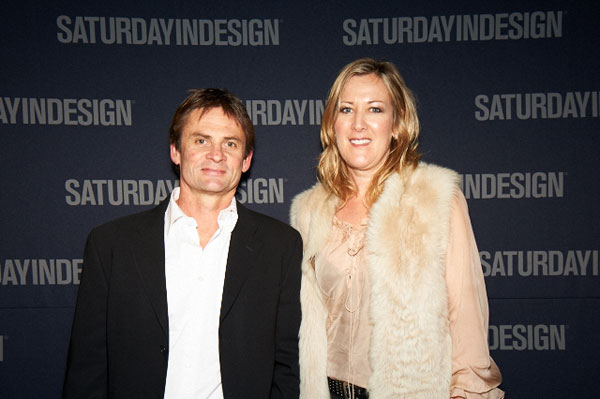
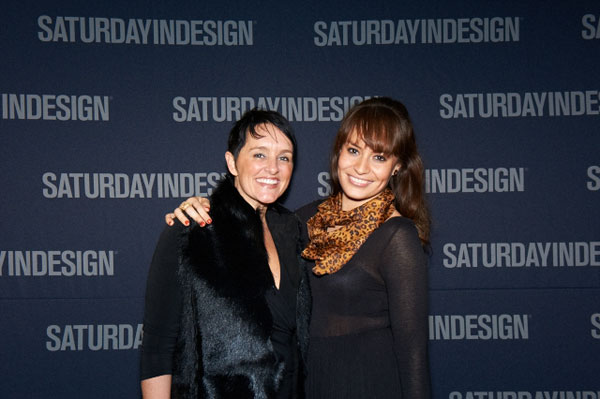
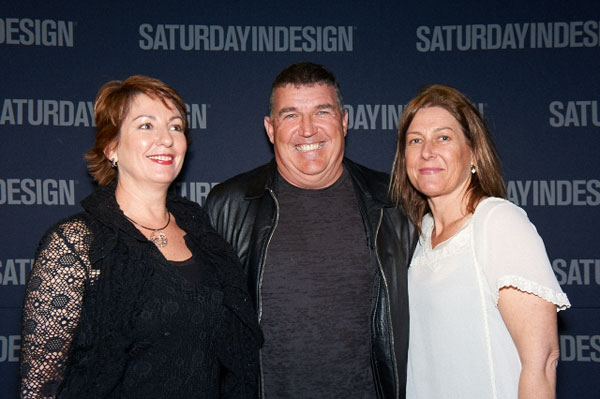


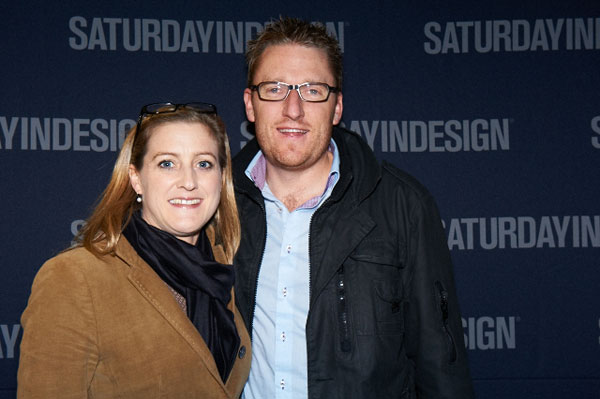

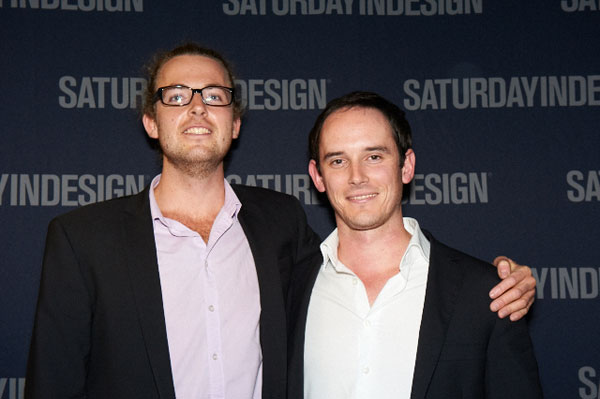
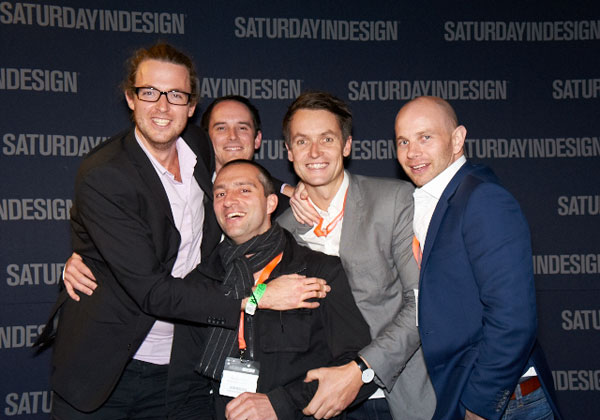


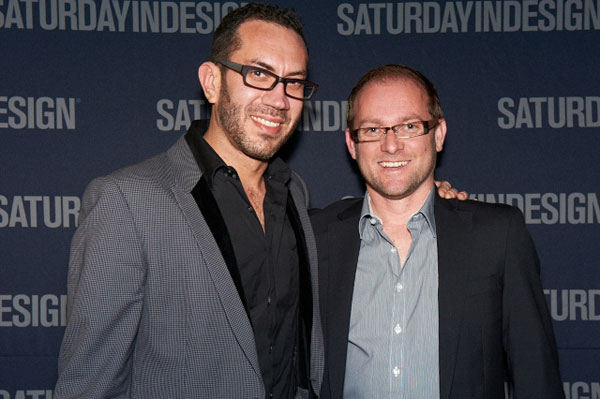
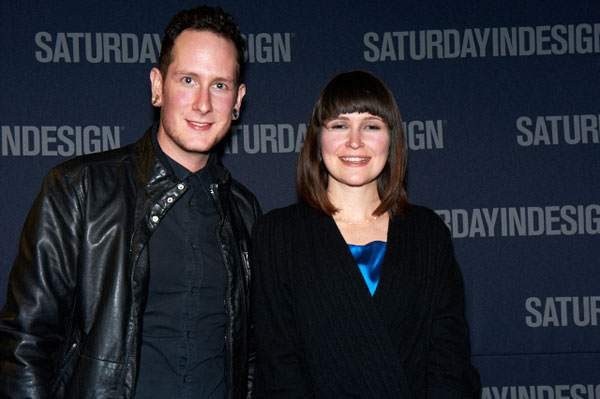




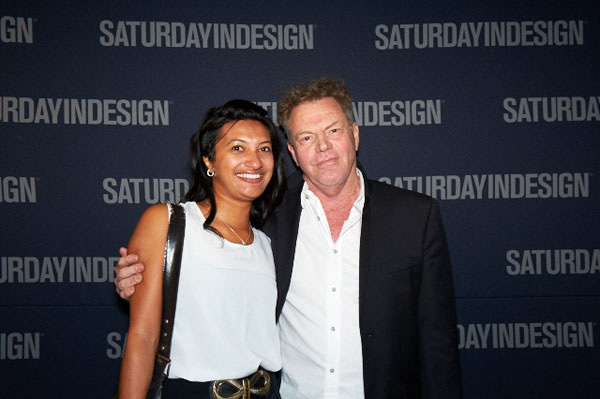





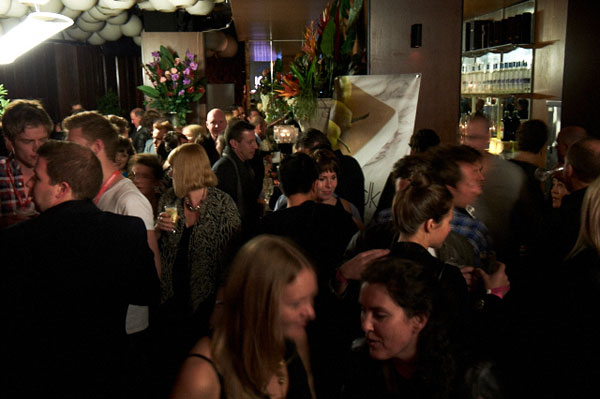
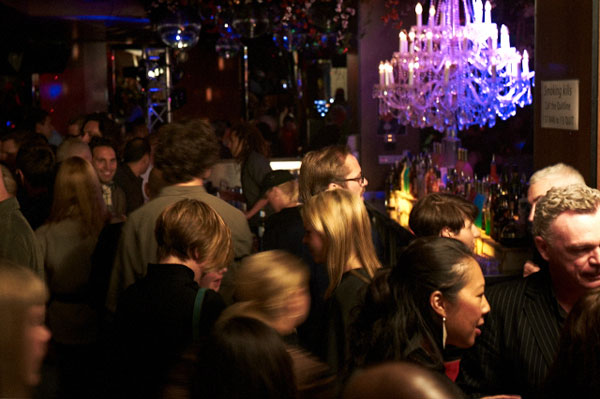
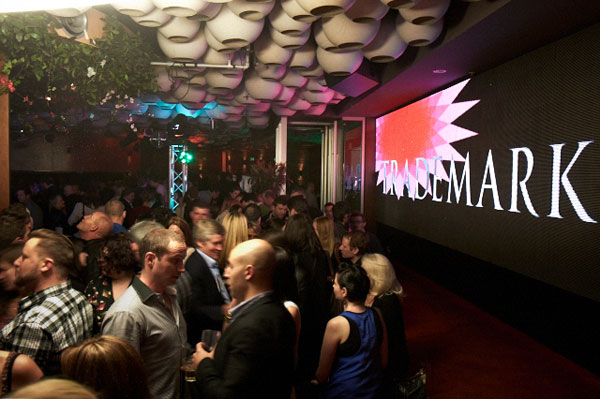
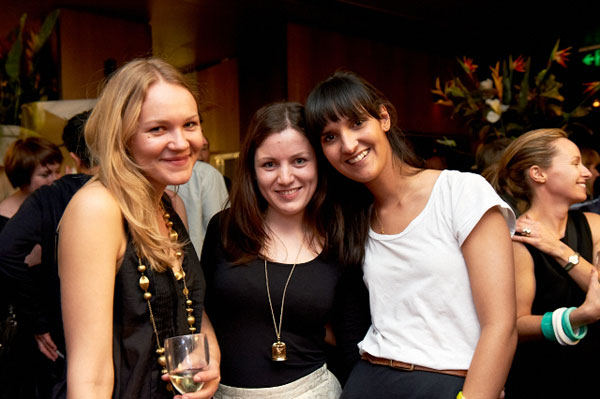

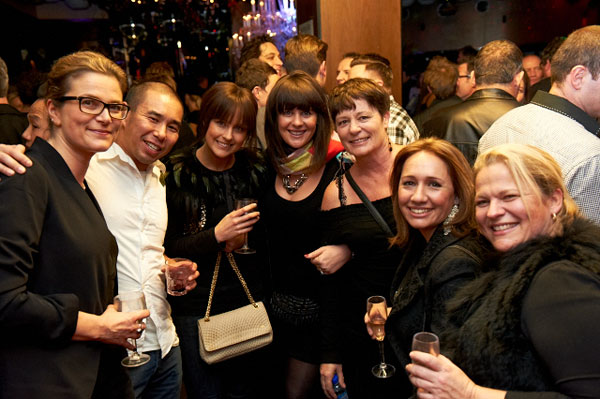
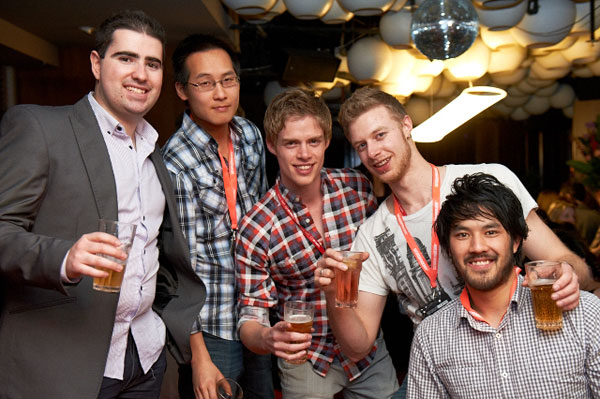

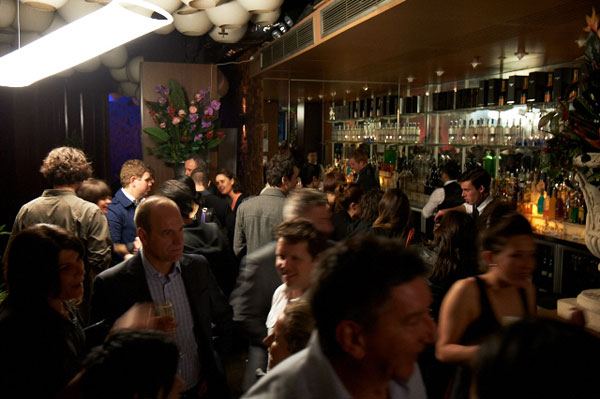
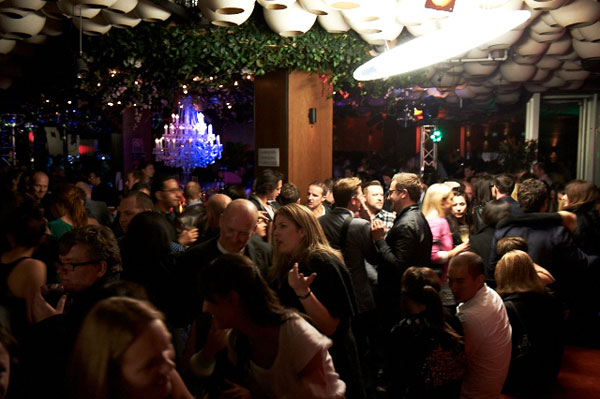

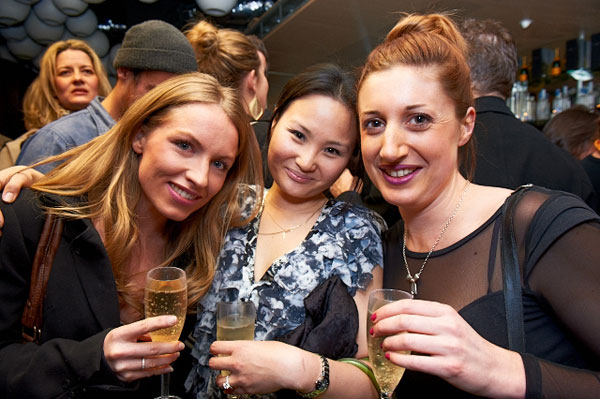
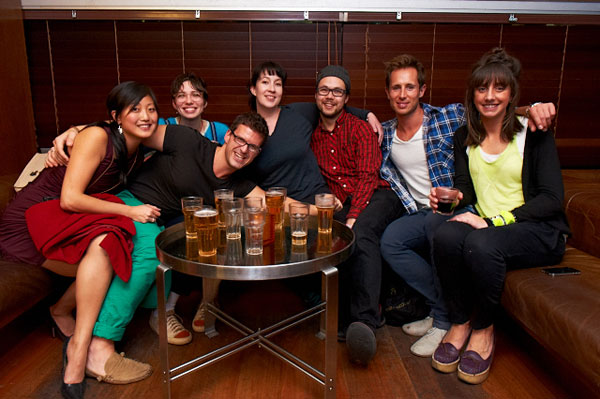





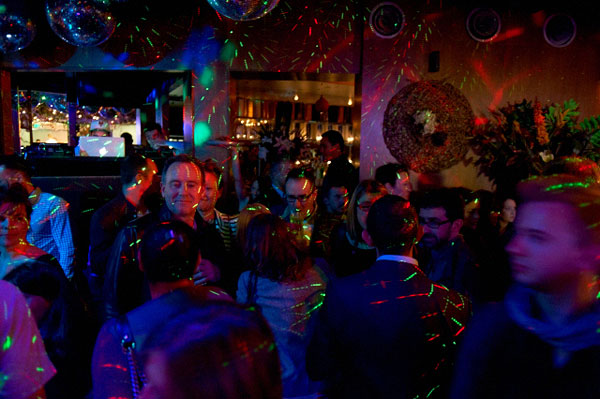



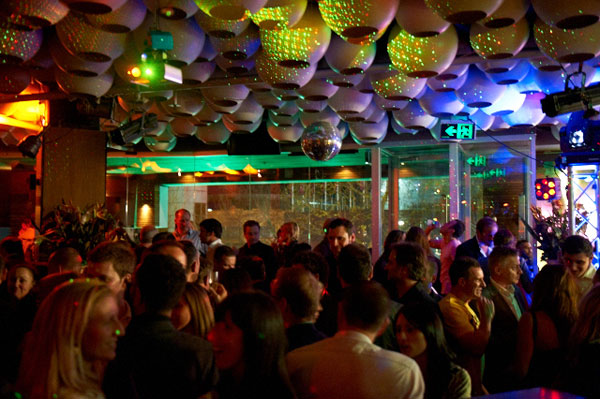

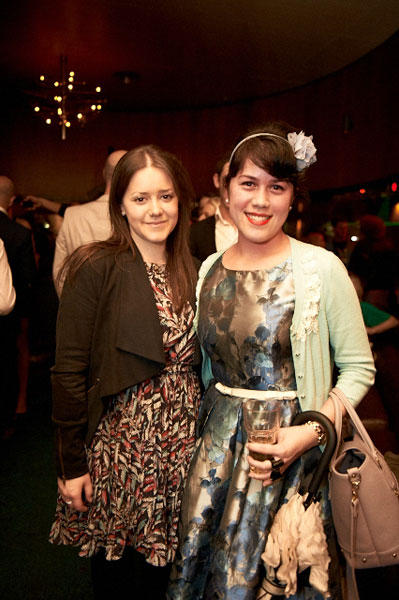


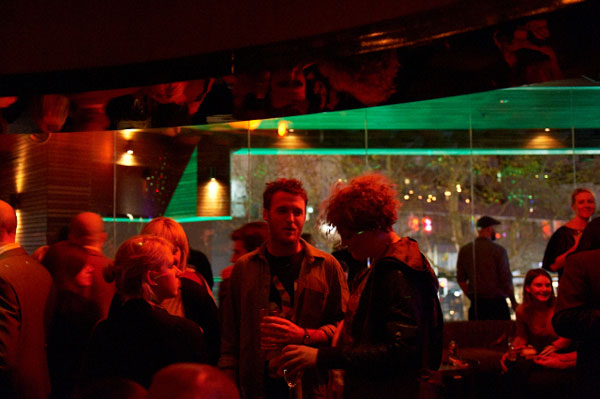

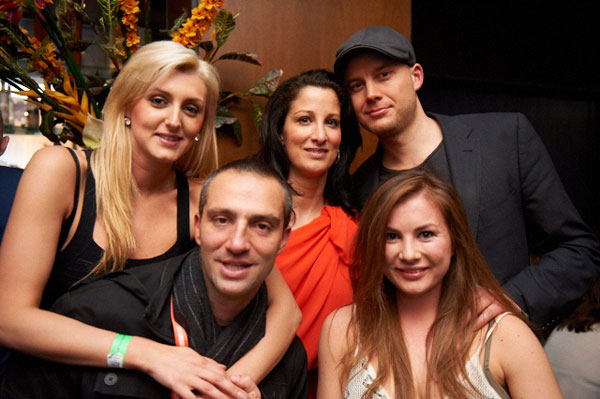
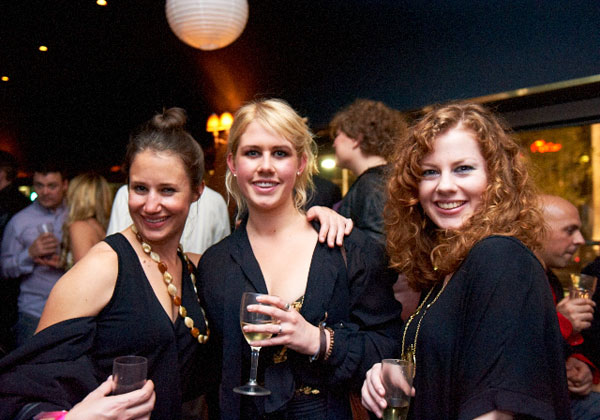

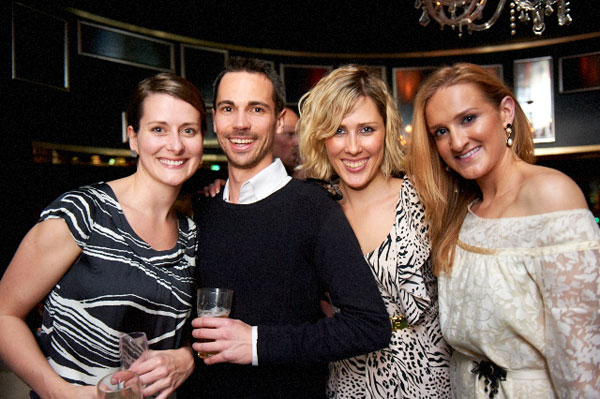
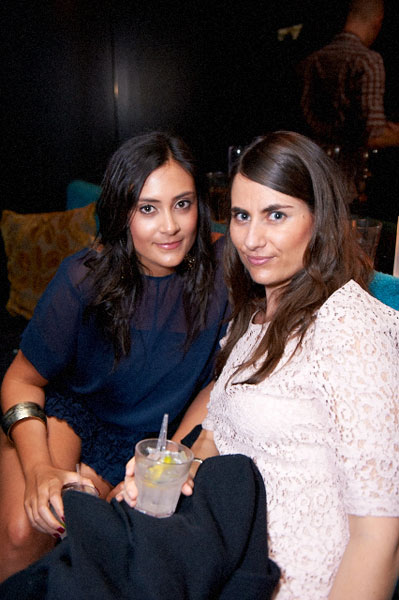
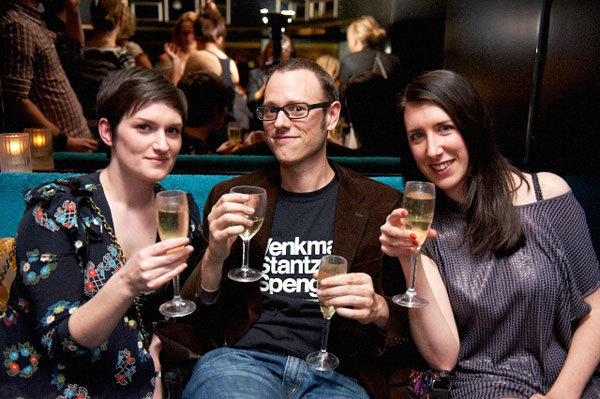
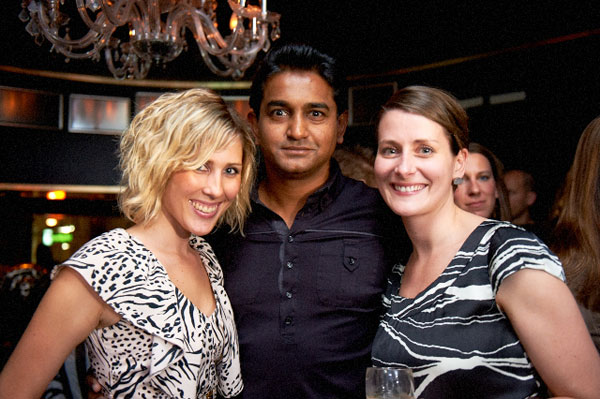
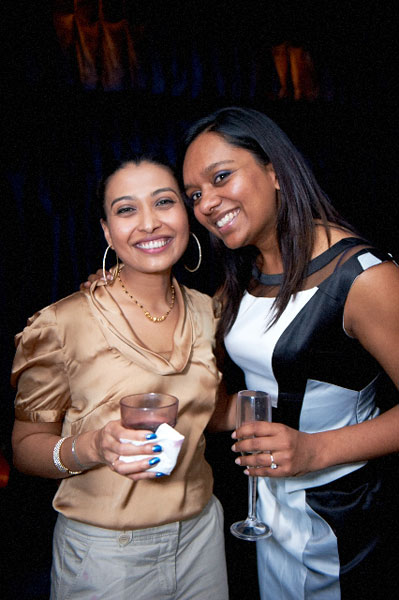
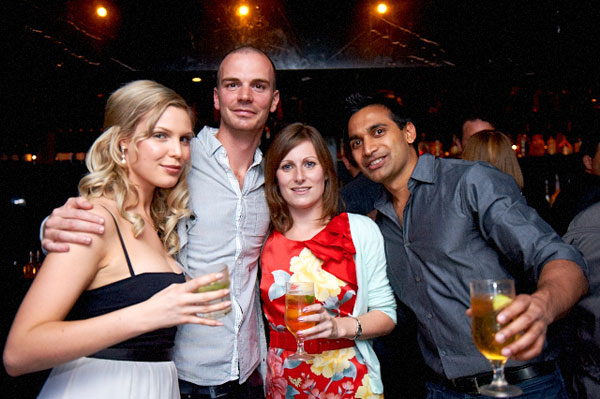
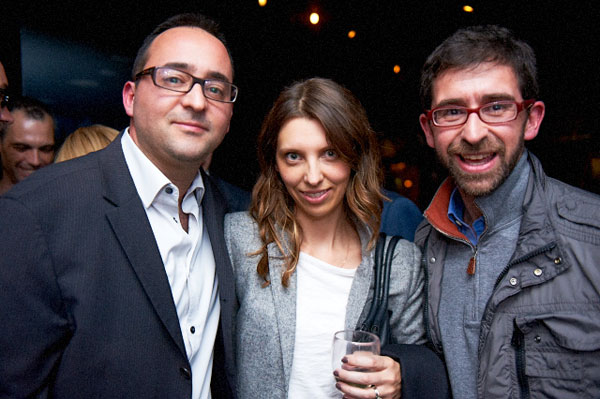
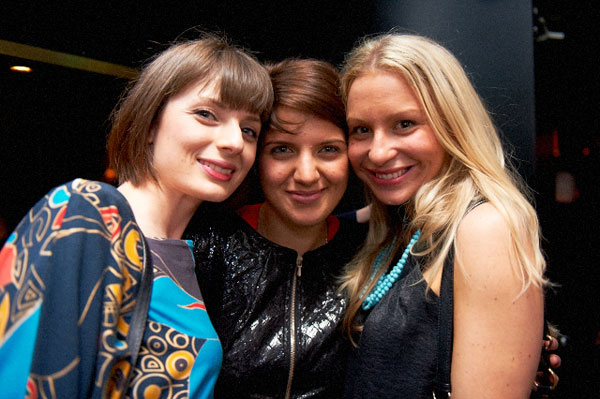






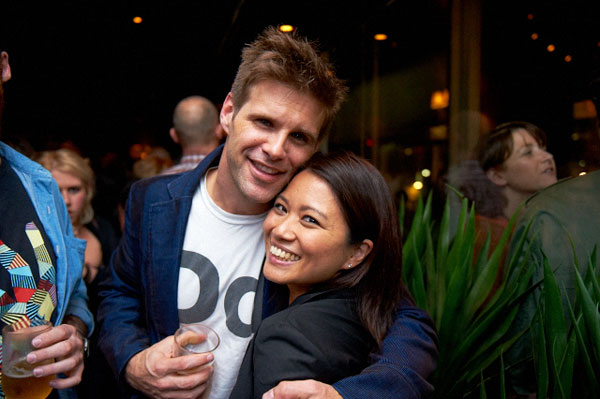

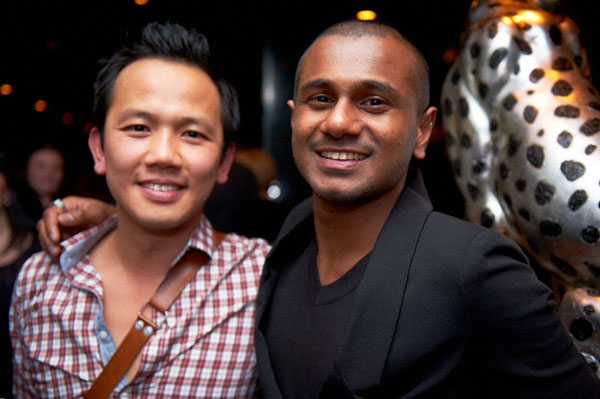
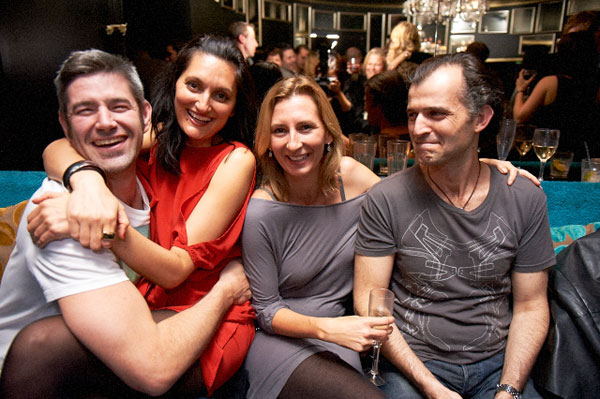
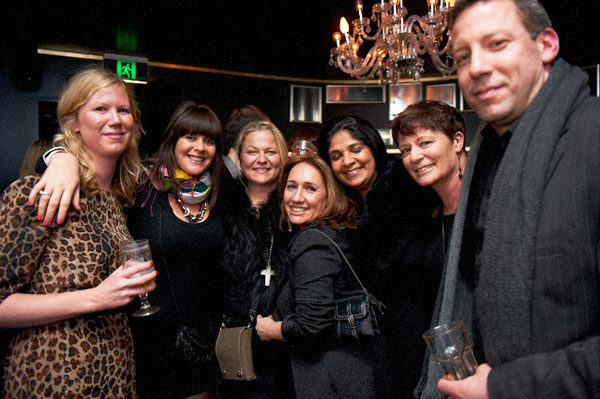
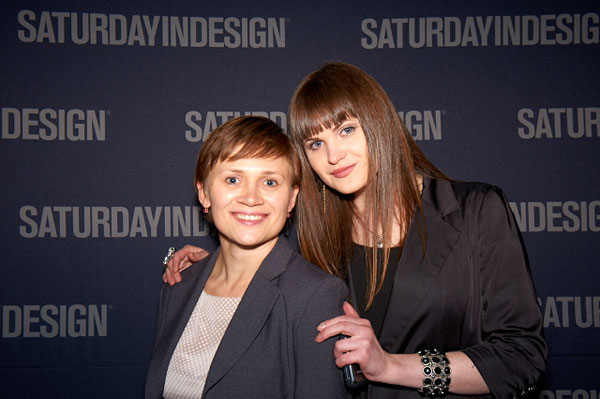
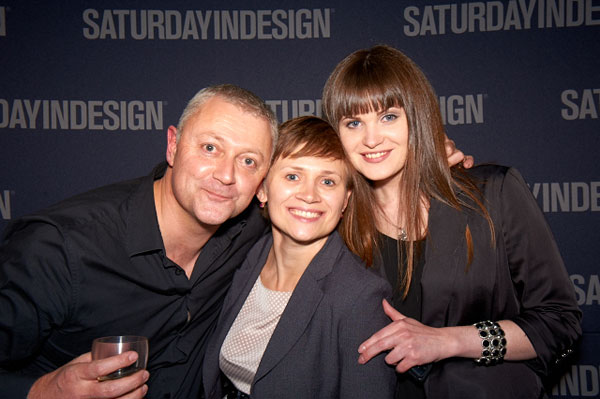
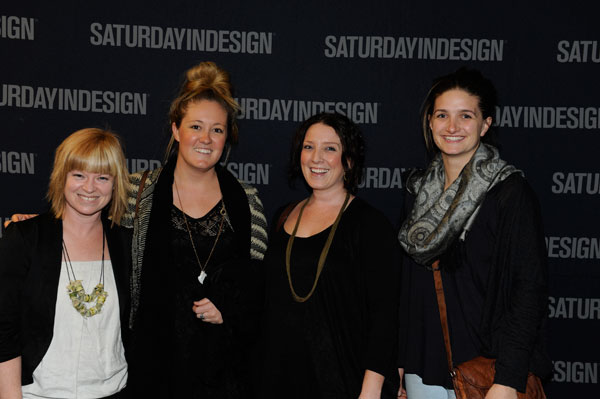

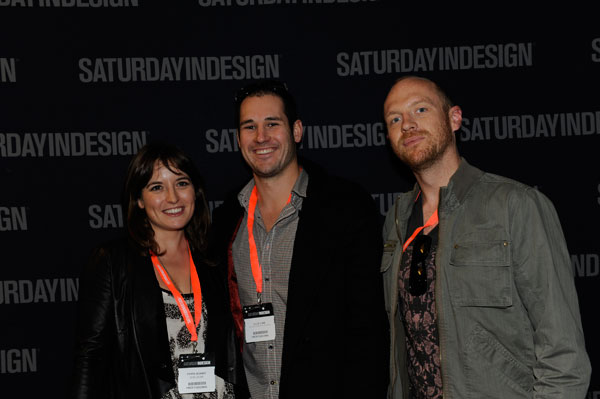
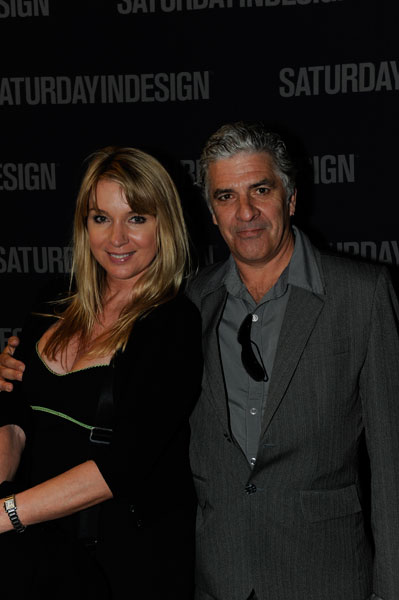
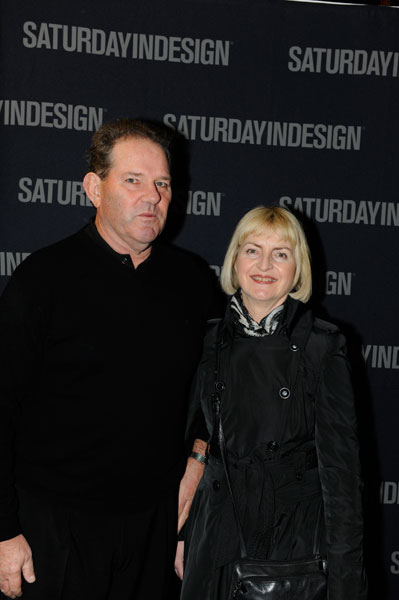
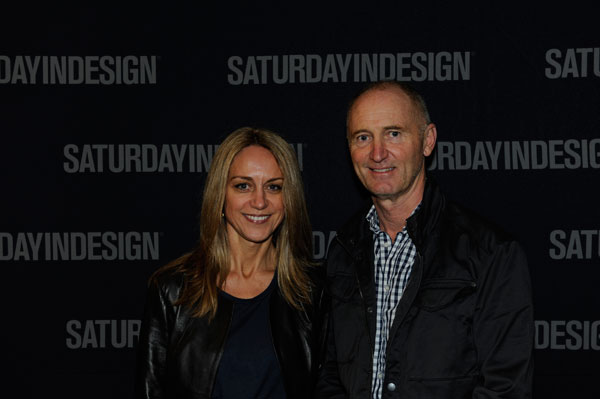

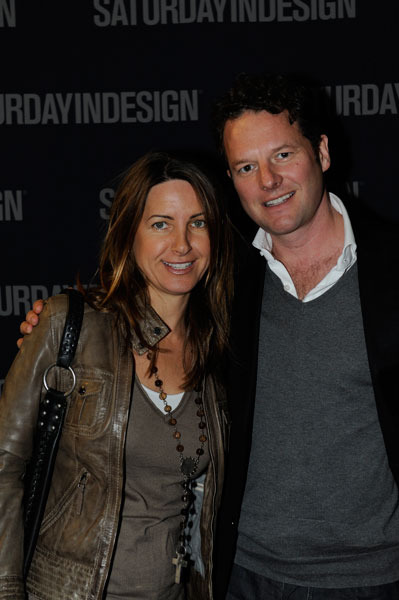
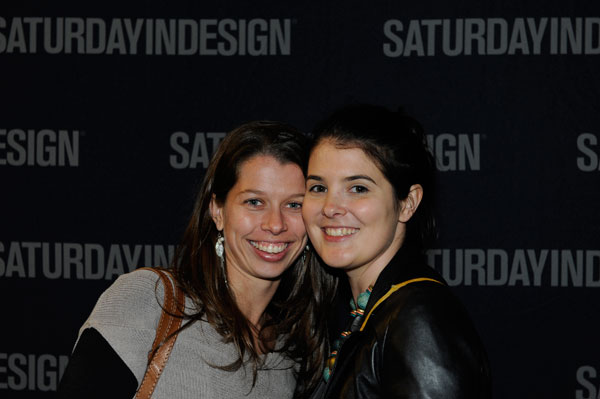
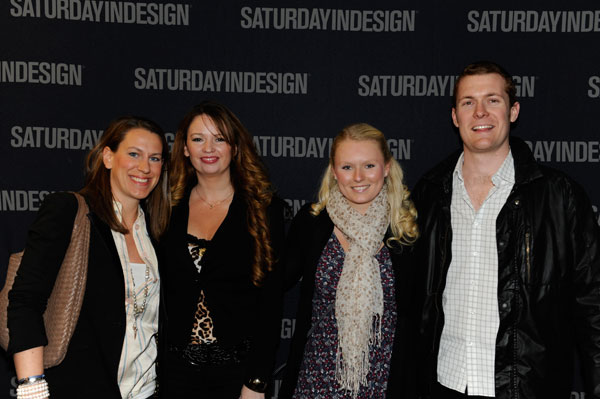
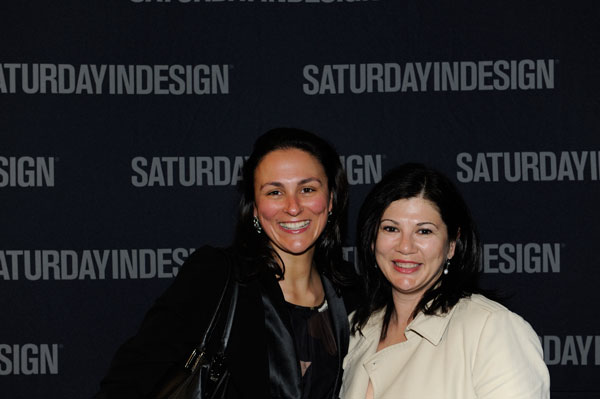
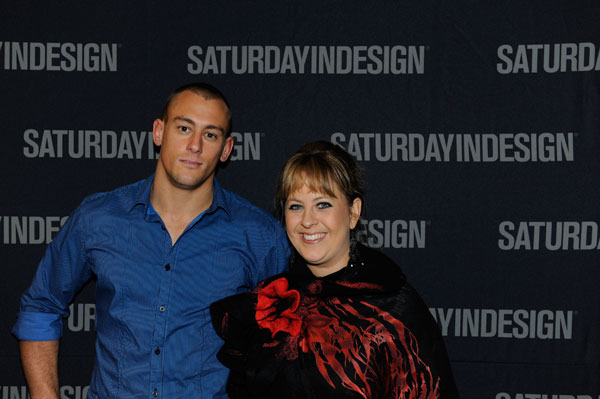

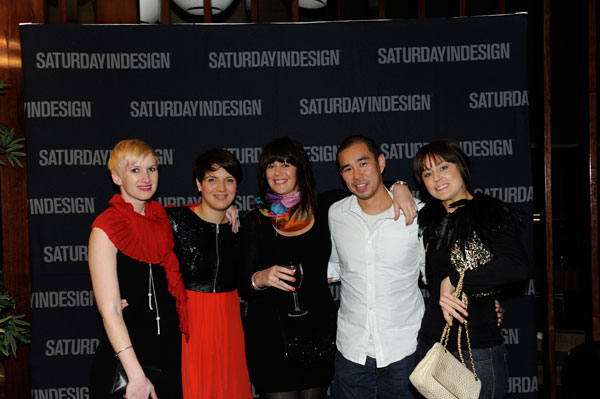



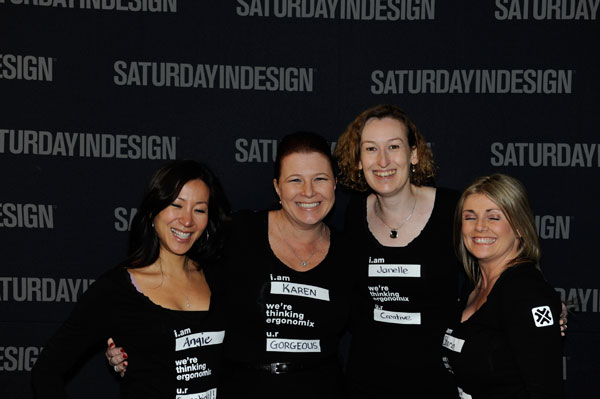
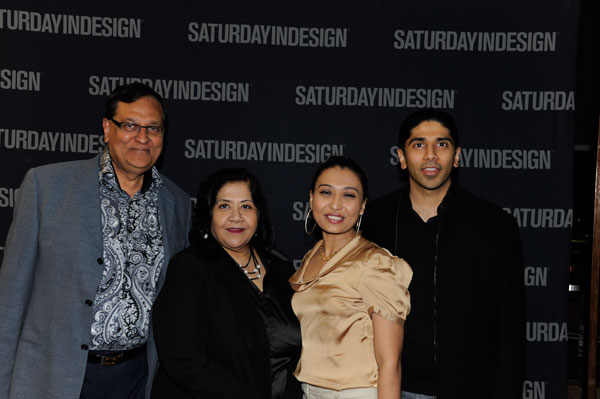



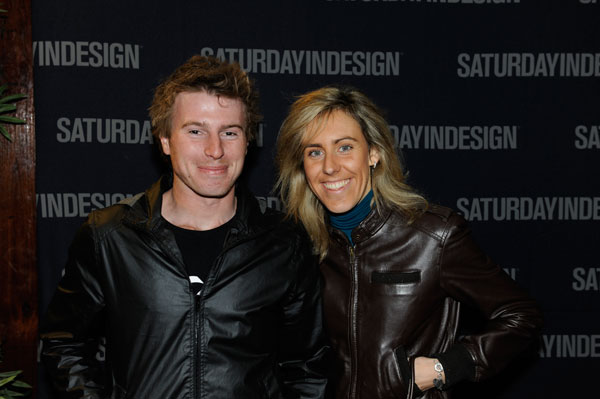
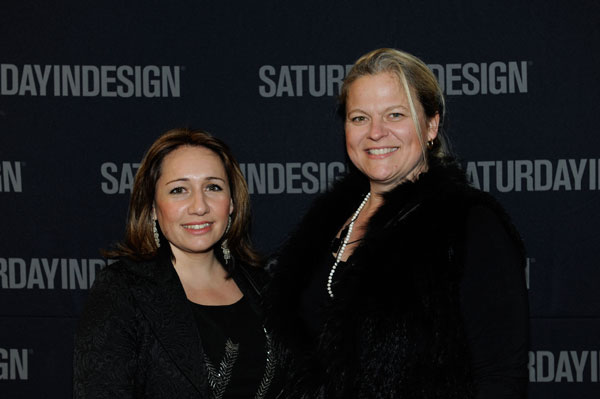



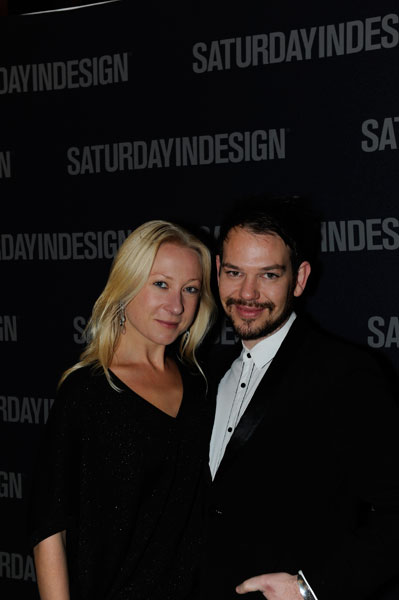


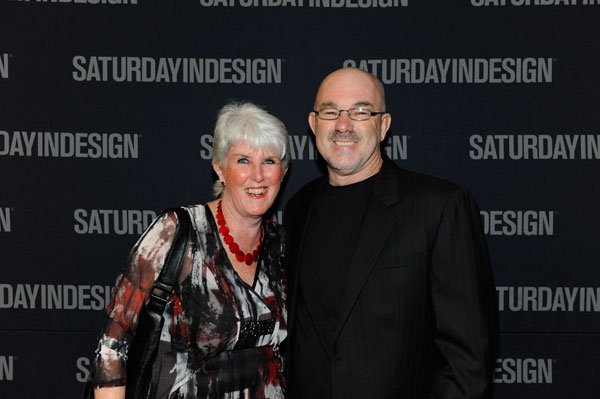


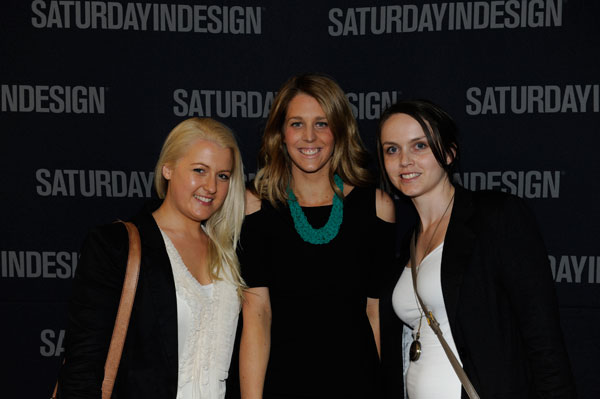

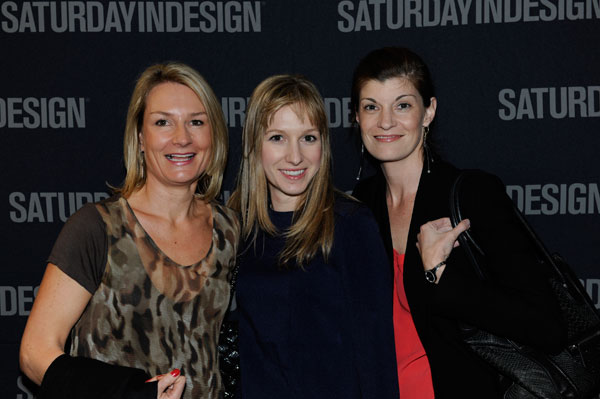
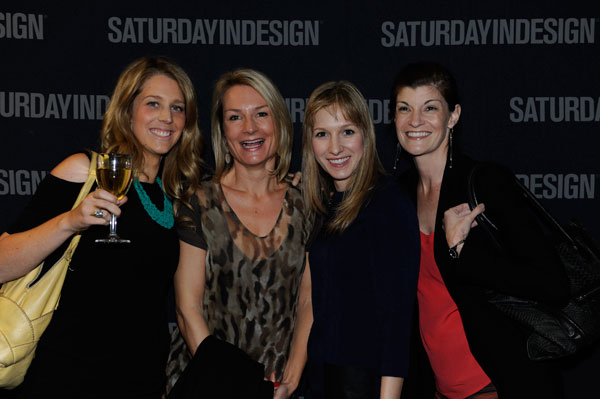
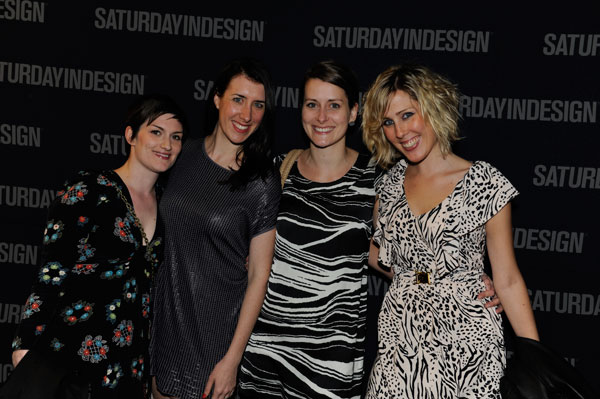
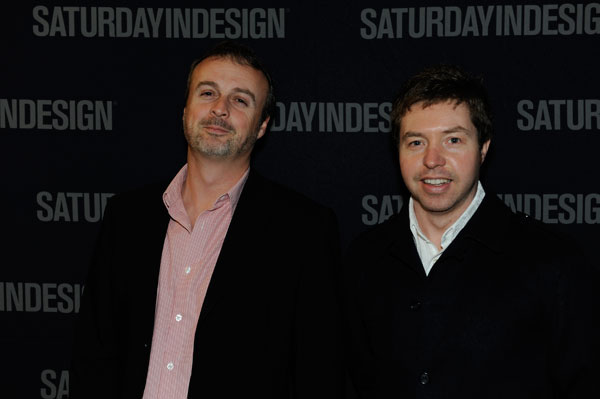

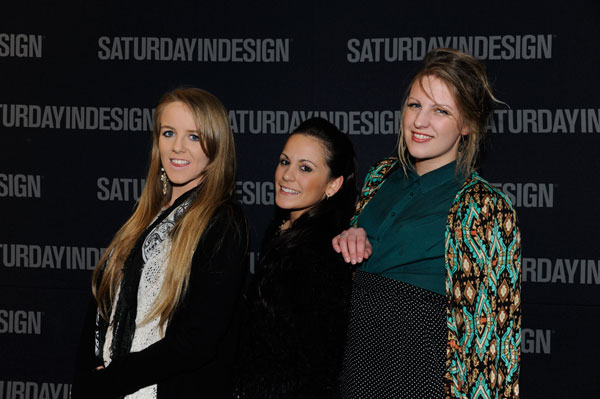




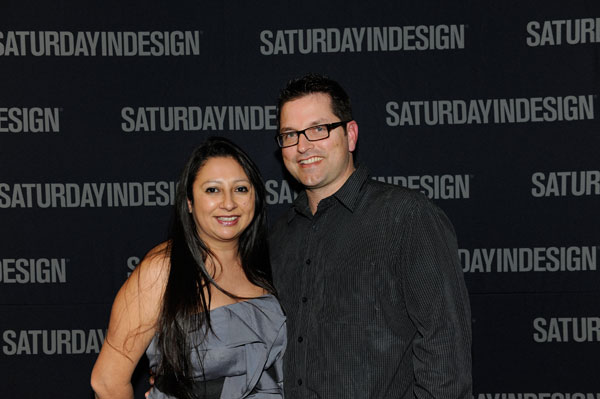
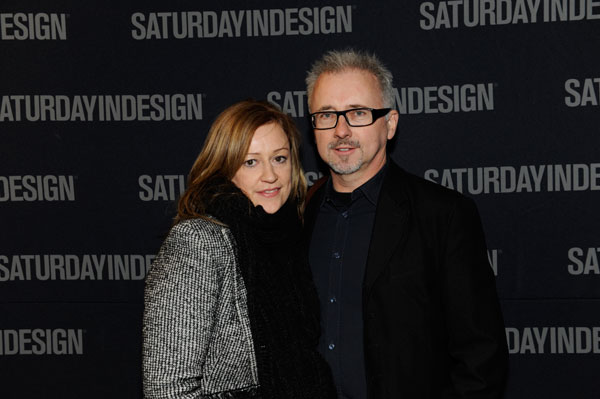

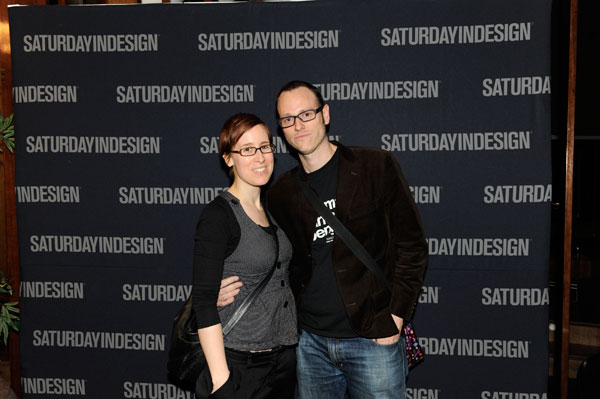
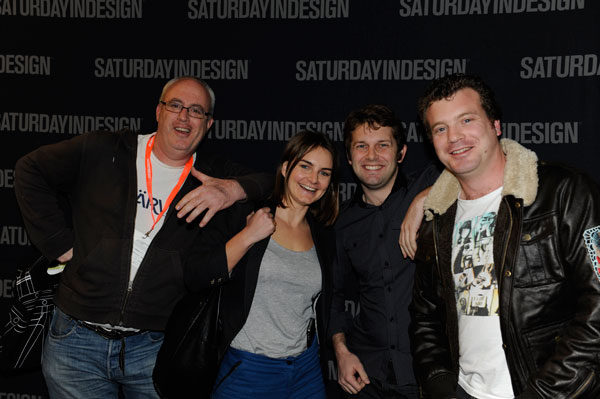



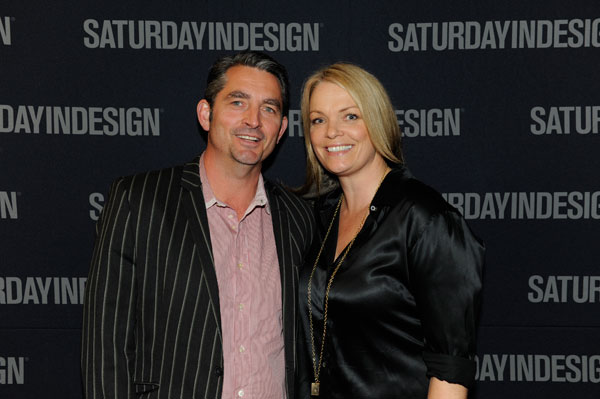

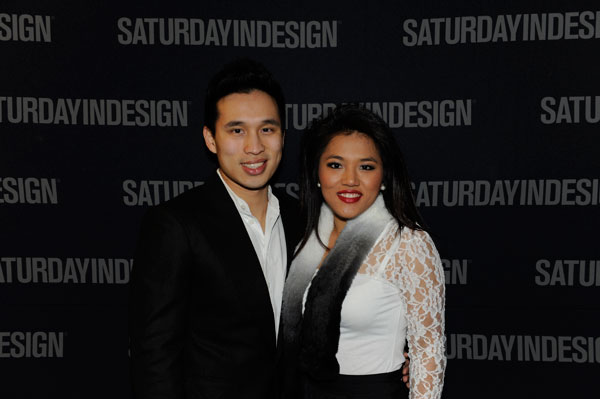

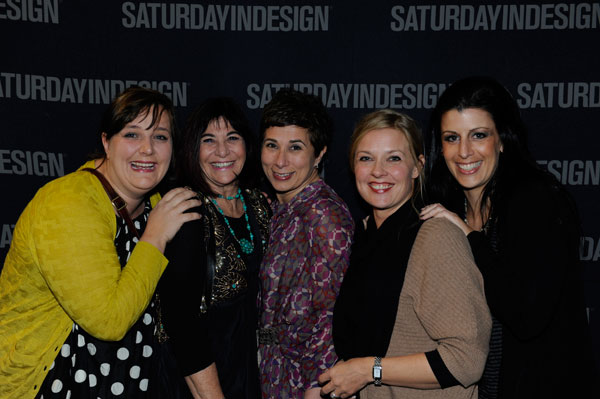

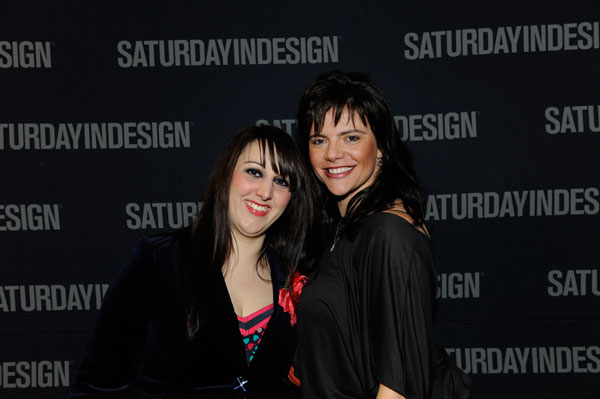
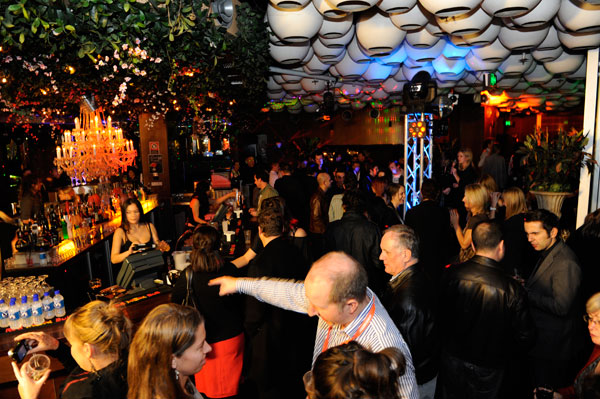

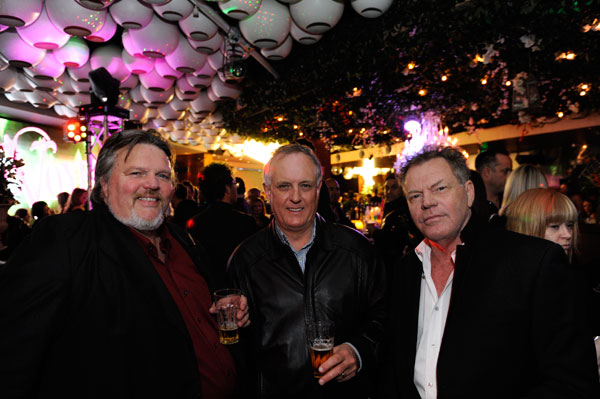

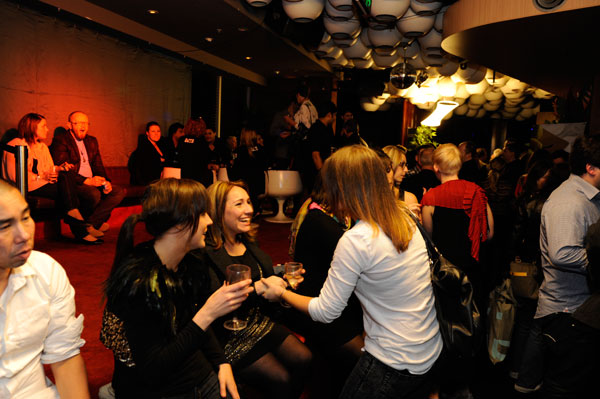


Water and energy consumption are minimised at Jiahui Hospital, as are waste and greenhouse gas emissions. Low-volatile green building materials were specified and an advanced air-conditioning system was installed. The building’s orientation and terracotta facade help to absorb solar energy to support heating. A central energy centre and (as described by NBBJ) a green mechanism for material handling assist with good energy performance.
“The design of Jiahui Hospital establishes a new benchmark for healthcare design in China and beyond,” says NBBJ’s International Healthcare Partner Joan Saba. “From the ground up, the hospital elevates the quality of care Chinese patients and their families receive. It also creates a clinical workplace for hospital staff that allows them to focus, innovate and recharge. Perhaps most importantly, the hospital allows patients – who often travel abroad to receive treatment – to receive the best possible care, right in Shanghai.”
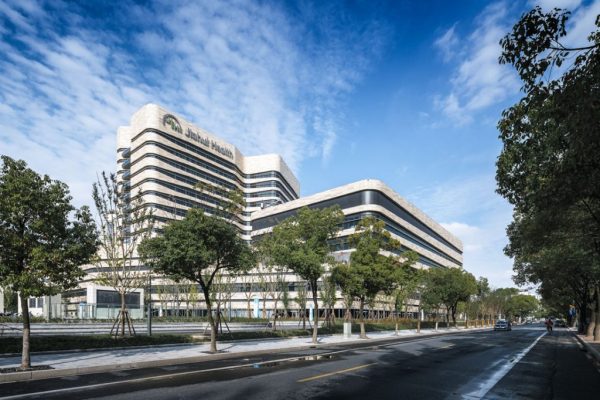
INDESIGN is on instagram
Follow @indesignlive
A searchable and comprehensive guide for specifying leading products and their suppliers
Keep up to date with the latest and greatest from our industry BFF's!
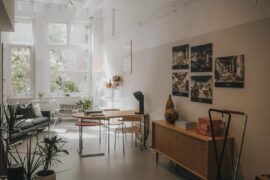
Sydney’s newest design concept store, HOW WE LIVE, explores the overlap between home and workplace – with a Surry Hills pop-up from Friday 28th November.

Merging two hotel identities in one landmark development, Hotel Indigo and Holiday Inn Little Collins capture the spirit of Melbourne through Buchan’s narrative-driven design – elevated by GROHE’s signature craftsmanship.

For those who appreciate form as much as function, Gaggenau’s latest induction innovation delivers sculpted precision and effortless flexibility, disappearing seamlessly into the surface when not in use.

In an industry where design intent is often diluted by value management and procurement pressures, Klaro Industrial Design positions manufacturing as a creative ally – allowing commercial interior designers to deliver unique pieces aligned to the project’s original vision.
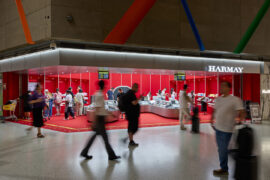
With its latest outpost inside Shanghai’s bustling Hongqiao International Airport, HARMAY once again partners with AIM Architecture to reimagine retail through colour, movement and cultural expression.
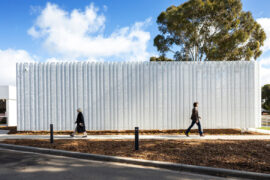
Through expert architecture, EBD Architects has provided a human face to great design and created a project that enhances the lives of people and community.
The internet never sleeps! Here's the stuff you might have missed
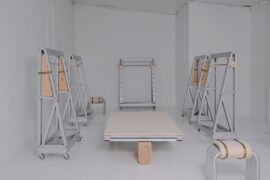
Melbourne-based Studio Edwards has designed Shift+Space, a modular system under the banner of ‘adaptive retail architecture’. Ben Edwards tells us more.
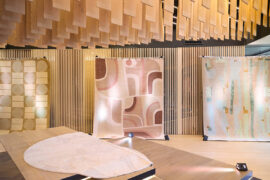
Tongue & Groove hosted a lively gathering to celebrate two new collections by Greg Natale, bringing together designers and industry peers.

At the Munarra Centre for Regional Excellence on Yorta Yorta Country in Victoria, ARM Architecture and Milliken use PrintWorks™ technology to translate First Nations narratives into a layered, community-led floorscape.